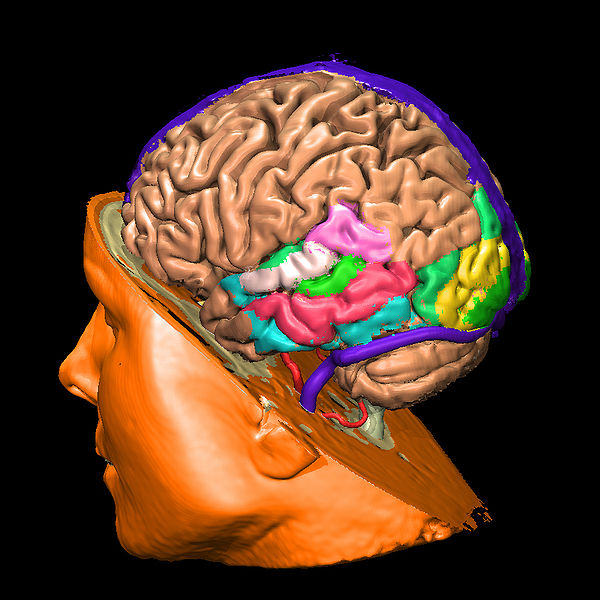Global Warming24
-

Plugging the Leaks in Climate Models
Independent quality controls for climate models are crucial for the quality of future climate change predictions. Not all models are equally good and should be utilized in climate impact studies for such things as crop yield and hydrology that are produced for far-reaching decision-making.
-

Climate change may be affecting the jet stream
A new study provides evidence that climate change may be affecting the northern hemisphere jet stream, which appears to be moving north and slowing down. The slowing of the jet stream could cause weather patterns to remain in place for longer, resulting in prolonged heat waves or cold snaps.
-

Ocean Acidification: Geologic Record Adds New Warning
A new study in Science finds that the oceans may be acidifying faster today from industrial emissions than they did during four major extinctions in the last 300 million years when carbon levels spiked naturally.
-

Watch an Antarctic Iceberg in the Making
What does a glacier about to spawn an iceberg the size of New York City look like? A new animation from NASA flies you through the 19-mile crack that is slowly tearing Antarctica’s Pine Island Glacier apart.
-
EPA’s greenhouse gas rule poses challenges for US policy review process
Just in case anyone you missed it, the US Environmental Protection Agency (EPA) is moving, albeit almost imperceptibly, toward regulating greenhouse gas (GHG) emissions. It took one more step in January, published the emissions of 6700 facilities with annual emissions of more than 25,000 MtCO2e. This category of emitters was required to report these figures…
-

U.S., 5 Nations to Cut Methane, Soot Emissions
The United States and five other countries agreed this week to fund an effort to cut emissions of methane, soot and other pollutants to start to slow the rate of human-induced climate change.
-

Fast & Cheap: Shortcuts to Curb Global Warming
Relatively cheap, simple steps using existing technologies could cut projected global warming by one degree Fahrenheit – a substantial amount — by focusing on sources of methane and soot, concludes a new study by an international team of scientists.
-
Cuts in Non-CO2 Pollutants May Slow Climate Change
Reducing Soot and Methane Would Bring Fast Results, Says Study
-

Evolutionary Psychology of Climate Change
Why haven’t we rallied our collective power to mitigate climate change? Daniel Gilbert, a professor of psychology at Harvard University, argues that human brains evolved to respond to threats that have four features, ones that global warming lack.

AGU25, the premier Earth and space science conference, takes place December 15-19, 2025 in New Orleans, Louisiana. This year’s theme—Where Science Connects Us—puts in focus how science depends on connection, from the lab to the field to the ballot box. Once again, Lamont-Doherty Earth Observatory and Columbia Climate School scientists, experts, students, and educators are playing an active role, sharing our research and helping shape the future of our planet. #AGU25 Learn More
